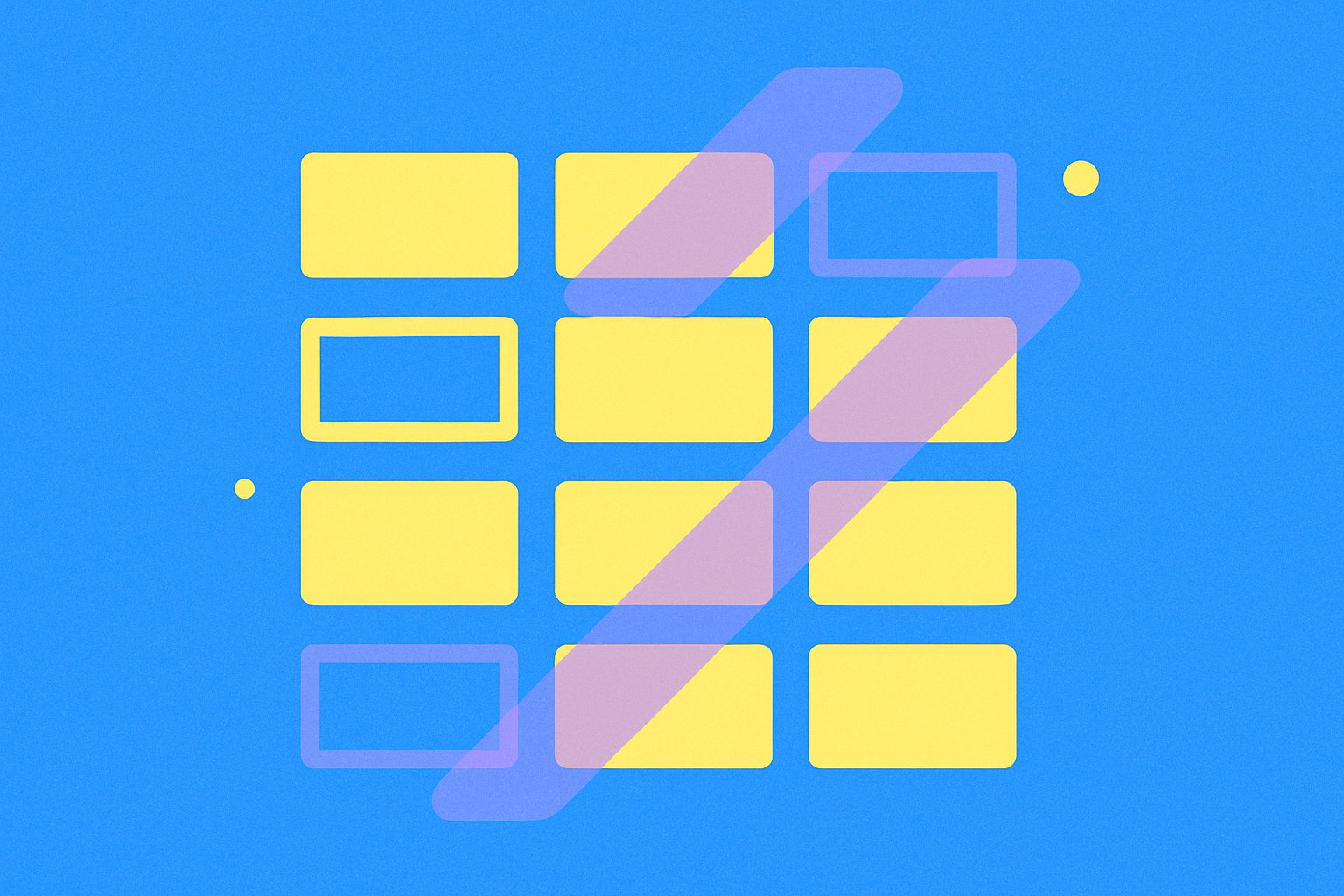erasure coding

Erasure coding is an advanced data storage technique that divides data into fragments and adds redundant information, enabling the recovery of complete data even when some pieces are lost. In blockchain and distributed storage systems, erasure coding has become a key technology for addressing data reliability, storage efficiency, and system resilience challenges. Compared to simple replication, erasure coding provides the same or even higher data reliability guarantees with significantly less storage overhead, making it particularly advantageous in large-scale data storage scenarios.
Background: What is the origin of erasure coding?
Erasure coding technology originated from the fields of information theory and coding theory, developed by computer scientists to address data loss problems in communication systems. The concept dates back to the 1960s, but its importance has only been widely recognized in recent years with the rise of large-scale distributed systems and blockchain technology.
The development journey of erasure coding includes:
- Early stage: Initially applied in communication systems and storage media, such as error correction codes in CD and DVD optical storage technologies
- Middle development: With the rise of distributed storage systems, algorithms like Reed-Solomon coding were introduced into large data centers
- Blockchain integration: Recently adopted by blockchain projects to improve data storage efficiency, such as in Filecoin, Sia, and other decentralized storage networks
- Modern optimization: Development of erasure coding variants specifically tailored for blockchain environments, addressing bandwidth and recovery speed issues
Work Mechanism: How does erasure coding work?
The basic working principle of erasure coding is to divide original data and transform it into a larger encoded dataset, where any subset (of sufficient size) can be used to reconstruct the original data. This process mainly includes the following steps:
- Data sharding: Original data is divided into k equal-sized data fragments
- Encoding calculation: Through mathematical algorithms, m additional parity fragments are generated
- Distributed storage: These k+m fragments are stored distributively across different nodes in the network
- Data recovery: When data needs to be read, as long as k arbitrary fragments (whether original data fragments or parity fragments) can be obtained, the original data can be fully recovered
Common erasure coding algorithms include: - Reed-Solomon coding: The most classic and widely applied algorithm, providing optimal storage efficiency
- Fountain codes: A special class of erasure codes, such as LT codes and Raptor codes, suitable for data stream transmission
- Locally Reconstructable Codes: Optimized for network bandwidth required to repair a single fragment
- Regenerating codes: New type of coding focused on improving data reconstruction efficiency
In blockchain networks, erasure coding is typically combined with sharding techniques to improve network scalability and data availability.
What are the risks and challenges of erasure coding?
Despite the many advantages offered by erasure coding, it still faces several important challenges in blockchain and distributed system applications:
- Computational complexity:
- Encoding and decoding processes require significant computational resources, especially for large datasets
- May cause performance bottlenecks in resource-constrained environments
- Latency issues:
- Data recovery process may introduce additional delays
- May become a limiting factor in application scenarios requiring fast data access
- Implementation complexity:
- More complex system implementation compared to simple replication
- May increase the risk of software defects and security vulnerabilities
- Network bandwidth consumption:
- Some erasure coding schemes require substantial network communication during repair processes
- May cause congestion in bandwidth-limited network environments
- Compatibility challenges:
- Integration with existing blockchain architectures requires careful design
- May require protocol-level modifications to fully leverage the advantages of erasure coding
The applicability of erasure coding depends on the specific scenario, and not all blockchain applications are suitable for adopting this technology. Choosing appropriate encoding parameters is also critical, as incorrect configurations may lead to performance degradation or data security risks.
Erasure coding represents an important development direction for blockchain data storage technology, balancing the trade-off between data redundancy and storage efficiency. With the growth of decentralized storage networks and data-intensive blockchain applications, the importance of erasure coding will continue to increase. By solving efficiency problems of traditional replication methods, this technology provides critical support for building more reliable and economical blockchain infrastructure, while also offering new possibilities for future blockchain scalability.
Share
Related Articles

The Future of Cross-Chain Bridges: Full-Chain Interoperability Becomes Inevitable, Liquidity Bridges Will Decline

Solana Need L2s And Appchains?
